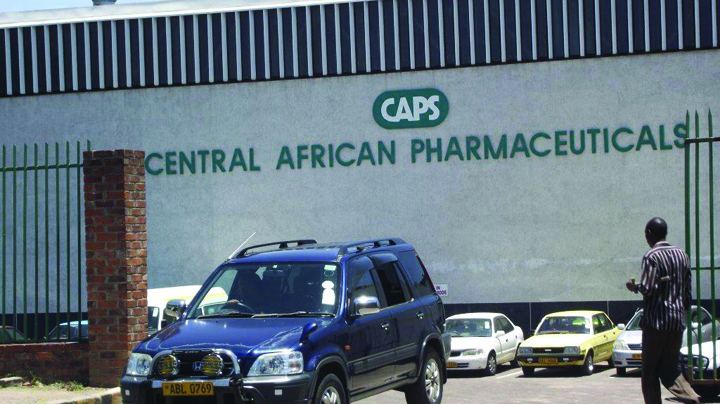Zimbabwe’s moribund pharmaceutical sector is showing signs of recovery following restrictions on imports of drugs, with capacity utilisation in some companies doubling to 60 percent from 30 percent in the prior year.
Zimbabwe’s pharmaceutical industry has struggled to recover from the decade-long economic crisis which eased in 2009 and saw the sector registering a massive decline, with an estimated 90 percent of all pharmaceutical products being donor-funded and imported.
In February this year, government introduced Statutory Instrument 18 of 2016 to control the import of drugs, a measure also seen as trying to revive the sector.
Among the restricted medicines are antacids, some painkillers, certain antibiotics, and specified intravenous infusion (IV) fluids.
“Some companies are recording capacity utilisation of more than 60 percent from below 30 percent in the prior year before the SI was put in place. The benefit of the increased capacity utilisation means business is vibrant and they can develop strength to export,” the chairman of Pharmaceutical Manufacturers Association, Emmanuel Mujuru, said on the sidelines of a workshop on the Industry Development Policy.
Government said last December it was taking over CAPS Holdings, the country’s largest pharmaceutical manufacturer which collapsed five years ago, in a bid to revive its operations but the move appears to have stalled.
At its peak, CAPS accounted for 75 percent of the local healthcare products market and was involved in the manufacture, wholesale distribution, and retail of pharmaceutical, consumer, and veterinary products.
Zimbabwe has largely relied on imported drugs, mainly from India, and its medical drugs bill from that country rose from $14 million in 2008 to more than $50 million in 2013.
Mujuru said drug manufacturers are also victims of the cash crunch gripping the economy, with public hospitals failing to pay for the products on time.
“We supply the public institutions and payment is the critical problem. Hospitals are our key customers and they do not have money to pay on time. We are also engaging donors to buy locally because they usually procure their donations abroad and flood the market,” he added.
Government is working on the Industrial Development Policy framework which will be implemented between 2017 and 2021.
The framework is expected to increase manufacturing capacity utilisation to 50 percent by 2021, from 34 percent currently.-The Source
(91 VIEWS)
